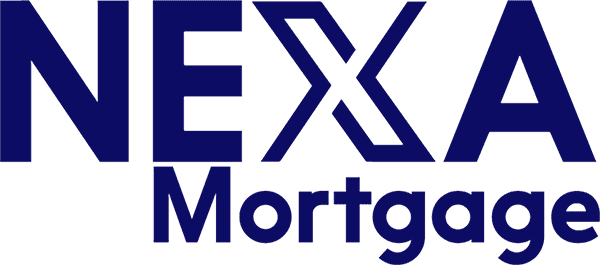Real estate investing offers incredible opportunities to build wealth, but success often hinges on securing the right financing. Whether you’re a seasoned investor or just getting started, understanding the variety of lending options available is key to maximizing your potential. In this article, we’ll explore a range of lending solutions tailored to real estate investors, from traditional options to creative financing strategies.
1. Conventional Loans
Conventional loans are one of the most common financing options for real estate investors. Offered by banks and credit unions, these loans typically have lower interest rates but stricter qualification requirements. Borrowers need good credit scores, a stable income, and a significant down payment (usually 20-25%). Conventional loans are ideal for investors purchasing properties to hold as long-term rentals or primary residences.
2. Hard Money Loans
Hard money loans are short-term loans provided by private lenders or investment groups. These loans are asset-based, meaning they’re secured by the property itself rather than the borrower’s financial history. Hard money loans are popular for fix-and-flip projects because they’re quick to secure and offer flexible terms. However, they often come with higher interest rates and shorter repayment periods.
3. Private Money Loans
Private money loans involve borrowing from individuals rather than traditional institutions. These can be friends, family members, or other private investors. Terms are negotiable and may include flexible repayment plans. Private money is an excellent option for investors with unconventional projects or who need funding quickly but don’t qualify for traditional loans.
4. Portfolio Loans
Portfolio loans are issued by banks or credit unions but kept “in-house” rather than being sold on the secondary market. This allows lenders to set more flexible terms, making them suitable for investors who need customized solutions. Portfolio loans are often used for purchasing multiple properties or unique investment opportunities that fall outside traditional guidelines.
5. FHA 203(k) Loans
For investors looking to renovate properties, FHA 203(k) loans are a great option. Backed by the Federal Housing Administration, these loans combine the purchase price of a property with renovation costs into a single loan. Although primarily targeted at owner-occupants, some investors use this loan type for house hacking or multi-family properties, provided they live in one of the units.
6. HELOCs (Home Equity Lines of Credit)
A HELOC allows investors to tap into the equity of an existing property. These lines of credit provide flexibility and can be used for down payments, renovations, or other investment-related expenses. HELOCs are particularly useful for experienced investors with equity built up in their current portfolio.
7. DSCR Loans (Debt Service Coverage Ratio)
DSCR loans are specifically designed for real estate investors. These loans are approved based on the property’s income potential rather than the borrower’s personal income. They’re a great option for investors building portfolios with rental properties, as they focus on the cash flow generated by the investment.
8. Bridge Loans
Bridge loans are short-term loans that “bridge” the gap between the purchase of a new property and the sale of an existing one. They’re ideal for investors who need quick funding to secure a property before arranging longer-term financing. While bridge loans are convenient, they come with higher interest rates and fees.
9. Crowdfunding Platforms
Real estate crowdfunding platforms, such as Fundrise and Roofstock, allow investors to pool money with others to finance properties or projects. These platforms offer an accessible entry point for new investors or those looking to diversify their portfolios. Crowdfunding can be a way to invest passively without directly managing properties.
10. Seller Financing
Seller financing, also known as owner financing, involves the property seller acting as the lender. The buyer makes payments directly to the seller based on agreed-upon terms. This arrangement can be beneficial for investors who need flexible terms or cannot secure traditional financing.
11. Commercial Real Estate Loans
For investors purchasing multi-family, retail, or office properties, commercial real estate loans are the go-to option. These loans are designed for income-generating properties and often have more complex terms and higher down payment requirements. They’re best suited for seasoned investors with larger-scale projects.
12. USDA Loans
Although typically associated with rural homebuyers, USDA loans can be leveraged by investors looking to develop or invest in rural areas. These loans offer low-interest rates and don’t require a down payment, making them an attractive option for specific markets.
Conclusion
Choosing the right lending option as a real estate investor can significantly impact your success. Each financing solution has its unique advantages, risks, and suitability depending on your investment goals. By understanding and leveraging these options, you can build a robust investment strategy that aligns with your vision. Whether you’re flipping houses, acquiring long-term rentals, or diving into commercial properties, there’s a lending option out there to help you succeed.



